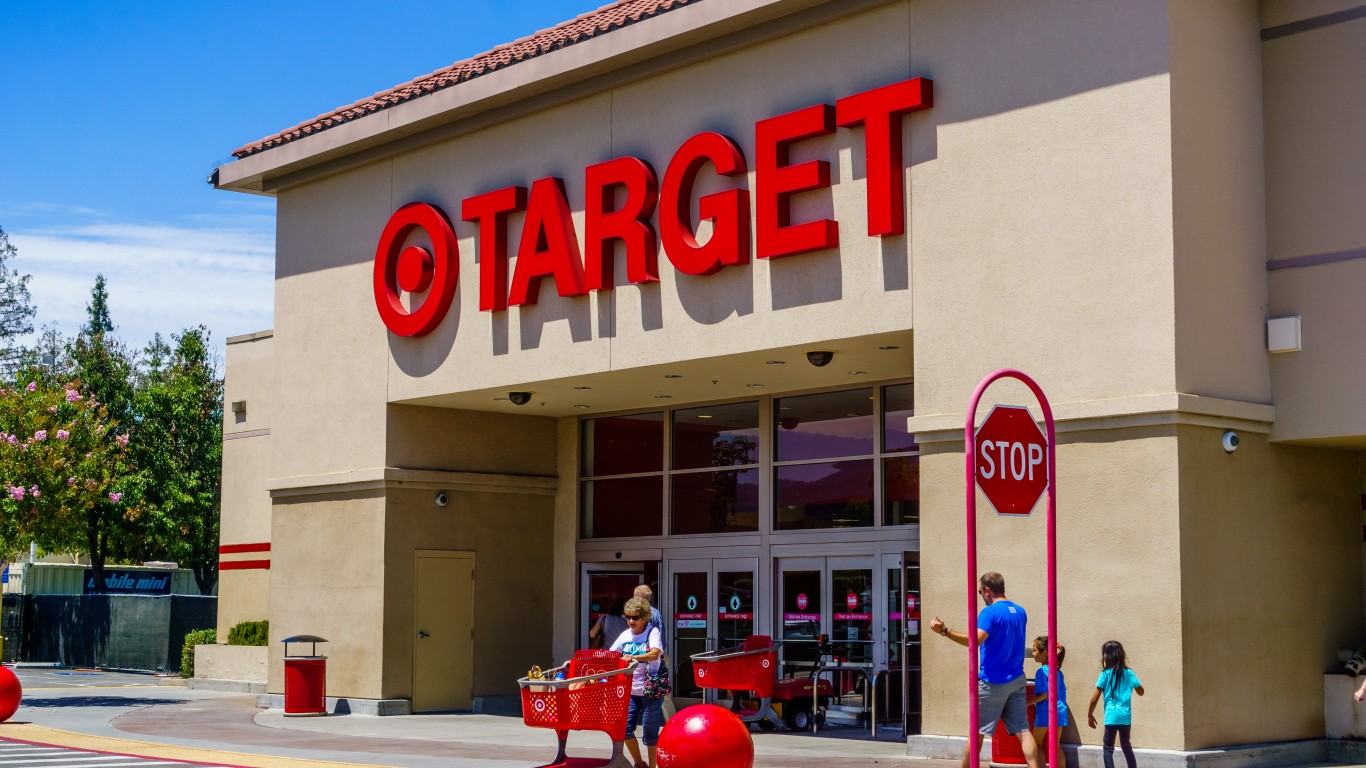Investing
If You Can Buy Only 1 Dividend Stock, Make It One of These 3 Income Stars

Published:

Dividends are an investor’s best friend. While it is a well-known fact the S&P 500 has returned on average 10.5% annually since its inception in 1957, less known is that dividends account for 85% of the index’s cumulative total return. Reinvesting dividends and the power of compounding are an unbeatable one-two punch.
Dividend stocks also beat all other classes of assets, including real estate, gold, oil, and bonds. And only income-generating stocks have an unparalleled ability to never lose money over extended time periods. Going all the way back to the 1930’s, Hartford Funds found only stocks that initiated and raised their payouts have never had a losing decade. So adding in the value of long-term buy-and-hold investing makes buying dividend stocks your best investment option.
While there are many dividend-payers to buy, the following three all-stars should be at the top of your list to add to your portfolio.

Luxury goods retailer LVMH Moet Hennessy Louis Vuitton (OTC:LVMUY) is the first dividend stock to buy. The French fashion house owns not only its namesake brands, but also Tiffany, Dior, Fendi, Dom Perignon, Tag Heuer, and Sephora. There are some 75 different “houses” featuring 60 different brands.
Founder Bernard Arnault was once quoted as saying, “Luxury goods are the only area in which it is possible to make luxury margins.” And it makes sense. The ultra well-heeled are typically the last to feel the effects of any economic downturn and are willing to keep spending no matter the climate.
LVMH is an impressive blue-chip dividend stock, too. The world’s biggest luxury stock makes its payout twice annually and has grown the dividend by a compound annual growth rate of 13% over the past decade. It has picked up the pace in recent years and has a 15% CAGR for the last five years.

Another retail dividend stock to buy is mass merchandiser Target (NYSE:TGT). Although its stock lags behind the gains of the S&P 500 and is up 6% year-to-date, Target trades at a discount too big to ignore. Shares go for 14 times next year’s earnings estimates, a fraction of its sales, and 13 times the free cash flow it produces.
Yet sometimes, cheap stocks are cheap for a reason. There is little question Target faces stiff competition from Walmart (NYSE:WMT) and Amazon (NASDAQ:AMZN), not to mention the warehouse clubs. The need to offer a clear value proposition to consumers who can readily compare prices and product selection requires a retailer to invest in its supply chain to drive cost efficiencies. That is what Target is doing, and has been successful at achieving it over the past few years. It will need to continue doing so in the years ahead.
Sales have grown 42% over the past five years, a 7.3% compounded annual growth rate. Profits have grown markedly faster, with earnings per share rising more than 17% annually. There have been a few speed bumps along the way as Target waded into the culture wars, but the differentiated shopping experience continues to draw shoppers in. Comparable sales rose 3% in the second-quarter with traffic rising 3% from last year. Digital comps jumped 8.7% higher.
Target has also continuously rewarded shareholders with a steadily rising dividend. Over the past 10 years the payout has increased at a 9% CAGR, though it stands at nearly 12% growth over the past five years. It has hiked its dividend for over 50 years, making it a Dividend King.

The third dividend stock that should be on your buy list is healthcare services provider Cigna (NYSE:CI). Because healthcare is one thing most people won’t skimp on in a recession, it makes Cigna an all-weather stock to own.
Earlier this year it agreed to sell its Medicare Advantage business to privately owned Health Care Service for $3.7 billion, which should lift the burden its peers face in meeting the changing rules and reimbursement rates the program imposes. It will also allow Cigna to focus on the segments in its wheelhouse, employer-sponsored medical insurance and pharmacy benefit management.
Those businesses are experiencing tremendous growth with the PBM segment enjoying 30% revenue growth in the second quarter along with a 7% increase in adjusted operating profits. Medical insurance revenue and profits both rose 3% year-over-over despite a 2% decline in membership after it exited certain less-profitable markets.
Cigna initiated a quarterly dividend in 2021 of $1 per share but has rapidly grown the payout to $1.40 per share each quarter, a better than 18% CAGR. It also has a healthy share repurchase program in place, last year repurchasing some $2.3 billion worth of stock. Investors can be comfortable owning one of the market’s best healthcare services providers.
Are you ready for retirement? Planning for retirement can be overwhelming, that’s why it could be a good idea to speak to a fiduciary financial advisor about your goals today.
Start by taking this retirement quiz right here from SmartAsset that will match you with up to 3 financial advisors that serve your area and beyond in 5 minutes. Smart Asset is now matching over 50,000 people a month.
Click here now to get started.
Thank you for reading! Have some feedback for us?
Contact the 24/7 Wall St. editorial team.